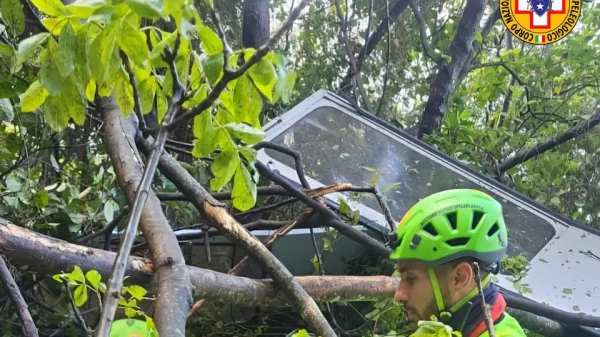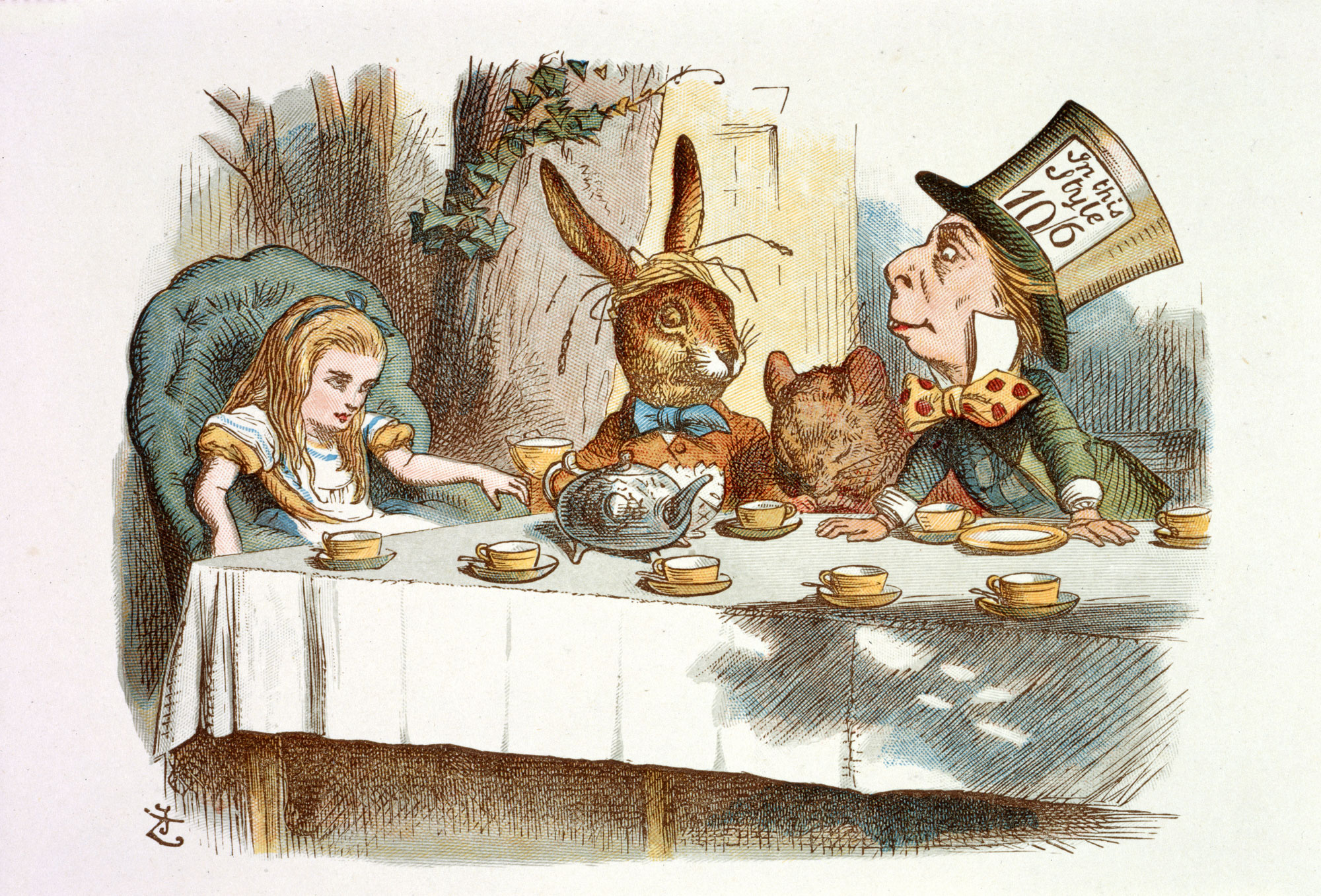
Library picture
One thousand hazel dormice have been reintroduced into woodlands sites to save the threatened mammals.
The scheme to bring back the animals was launched nearly 30 years ago.
The 1,000 mark was reached with the release of 30 dormice into woodland in Lancashire.
Fifteen breeding pairs have been set free in the Arnside and Silverdale area.
Hazel dormice numbers have halved since over the last two decades.
It is considered extinct in 17 English counties, said the People’s Trust for Endangered Species (PTES).
Its dramatic decline is largely down to a loss of their natural woodland and hedgerow habitat.
The dormice have been bred in captivity and given a full health check before being reintroduced.
They are held in wire-mesh cages secured to trees.
The cages are filled with foliage, buds, berries, nuts, insects, and water.
After ten days the cage door is opened, and the dormice slip out into the woodland.
Ian White, dormouse and training officer at PTES, said:
“Reintroductions are crucial to the long-term recovery of many species, but particularly hazel dormice as their decline has been so dramatic.
“Our first reintroduction took place in 1993, so we are thrilled that this year we’re releasing our 1,000th dormouse.
“This is a great milestone for conservation and a huge moment for hazel dormice in Lancashire too, as there are no known populations currently living there.”
Jo Sayers, project manager for the “back on our map” scheme from the University of Cumbria, said:
“Dormice have long captured the hearts of everyone after finding fame through Alice in Wonderland, but despite their popularity they are incredibly rare, so it’s time to take action.
“This is the first of two hazel dormouse releases planned for the Arnside and Silverdale woodlands, and we hope by next summer there will be around 80 dormice living in our woodlands.”

The dormouse sat between the March Hare and Mad Hatter at the tea party.
They were using him as a cushion when Alice arrives.
The dormouse is always falling asleep.





















